Let’s pour one out for the brands that raised us—those places where we bought our first CD player, snagged holiday deals like it was a competitive sport, or impulse-bought five scented candles we definitely didn’t need (but totally needed). Somewhere between the rise of online shopping and the fall of reasonable commercial rent, a bunch of iconic household names just… disappeared. No dramatic sendoff. No farewell tour. Just one day you walked by and the lights were off—forever.
And while some of these brands tried a comeback (we see you, Toys “R” Us pop-up at Macy’s), most left behind more than just nostalgic vibes. They messed with our routines, our shopping hacks, and yeah—our wallets. Because when big-name stores go under, it’s not just sad, it’s expensive. Fewer options mean higher prices, less competition, and more panic-Googling “Where to buy HDMI cable near me—now.” So grab your reusable tote and let’s take a stroll down memory lane (with a side of financial anxiety). Here are 11 brands that quietly went bankrupt—and what it means for your bottom line.
1. Linens ’n Things

Remember the heavenly scent of fresh sheets and fluffy towels? Linens ’n Things did too, until May 2008 when the home-decor darling filed for Chapter 11, according to Reuters. Their problem wasn’t lack of pretty throw pillows but a hefty private-equity acquisition that loaded them with debt just as the housing market cratered. Store closings and liquidation sales replaced those inviting home vignettes almost overnight.
Where does that leave you? Cozy-up purchases—new duvet covers, decorative vases—now often command higher prices online or at big-box chains that dabble in decor. And without a dedicated home-goods boutique to browse, impulse buys dwindle, but so do chances to score on end-of-season sales racks. Your living room might look more generic, and your bank balance might feel the sting when you pay full price elsewhere.
2. Circuit City
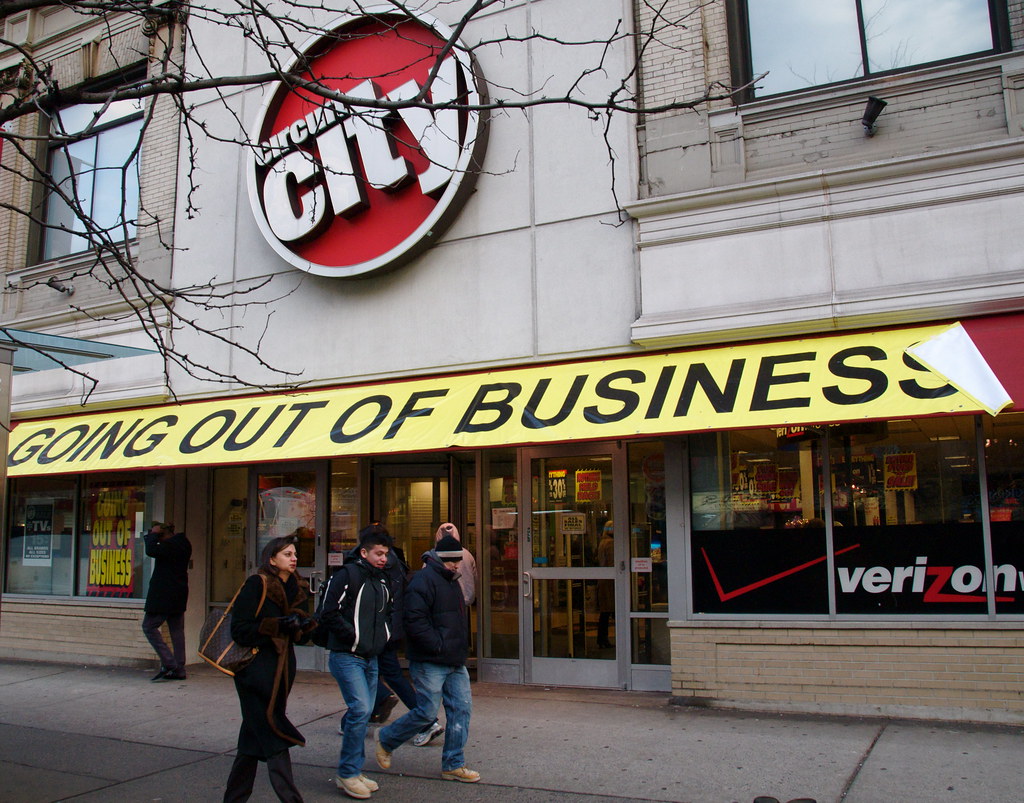
Back in 2008, Circuit City was still humming along as the electronics go-to, until it suddenly pulled the plug and filed for bankruptcy, per CBS News. One bad decision? Tossing experienced staff to save a few bucks on wages, only to leave customers confused by empty shelves and robotic service. Add a recession, looming competition from Best Buy, and the e-commerce upstart called Amazon, and you’ve got a perfect storm. In no time, store closings marched across the map faster than you could say “flat-screen TV.”
This meltdown meant bargain-hunting electronics aficionados suddenly had fewer brick-and-mortar options to kick every gadget’s tires. Warranties got shuffled, return policies turned into riddles, and the era of impulse-buying cables in-store dimmed. Today, you might not mourn Circuit City’s absence—who misses salespeople who barely knew the products anyway?—but the real impact shows up when you’re forced online and pay extra for shipping or wait days for your orders to arrive. Lesson learned: loyalty to a brand can vanish overnight, so diversify where you shop those pricey electronics.
3. Sports Authority

If your idea of a home refresh was swapping old yoga mats or snagging the latest running shoes, you likely made a pit stop at Sports Authority—until March 2016, when it hit the mat and filed for Chapter 11, as reported by The LA Times. The chain struggled under heavy leases, stiff online competition, and a workout routine of closing less profitable stores. Inventory liquidations turned gear aisles into obstacle courses of markdown racks.
Post-bankruptcy, Dick’s Sporting Goods swooped in for the brand name, but many communities lost a hub for athletic gear and fitness expertise. That means if you’re hunting that perfect pair of cleats or need expert advice on trail running, you might now trek farther or pay a premium at smaller specialty shops. Your wallet feels this in shipping add-ons or higher base prices—but hey, at least your neighborhood still has a sporting goods store, right?
4. Toys “R” Us
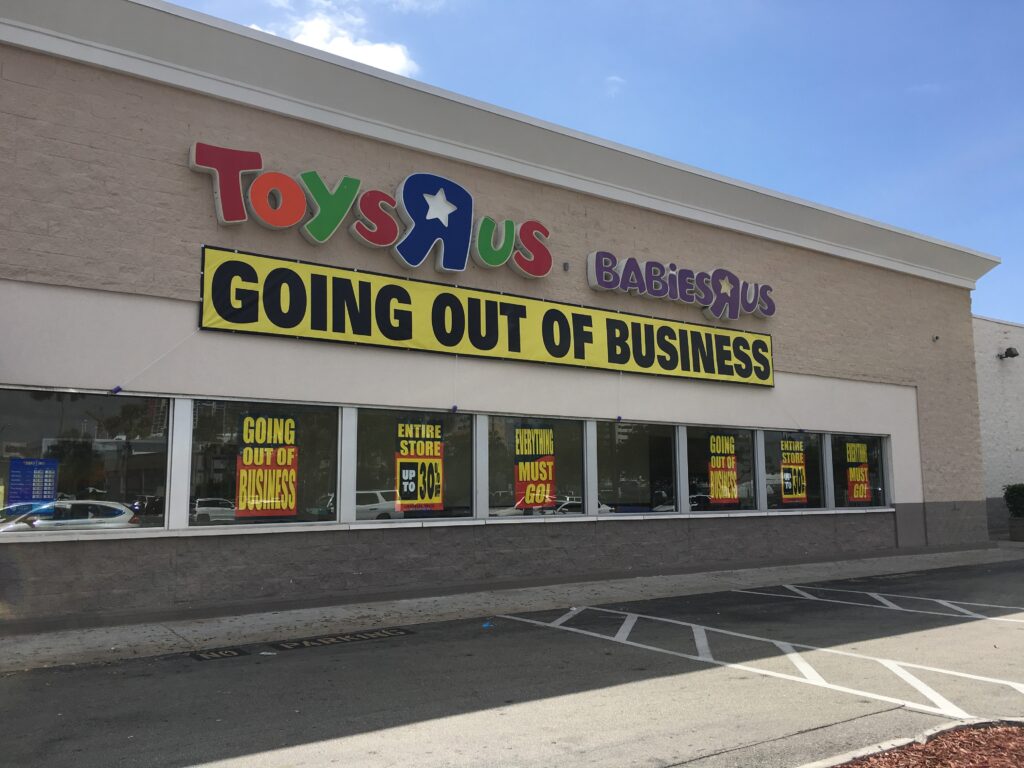
You remember that magical place where the aisles were wider than your living room and Geoffrey the giraffe watched over you—until it didn’t. In September 2017, the beloved toy haven filed for Chapter 11, buckling under a mountain of debt and the crushing convenience of online shopping, according to CNN. Suddenly, the thrill of the toy hunt gave way to clearance sales that left aisles looking like the aftermath of a sugar-fueled stampede. Parents who planned epic gift hauls scrambled to other retailers (and Amazon Prime’s “Buy Now” button) as store closures swept the country. Meanwhile, creditors circled like vultures, eager to reclaim every last cent from a brand that once meant birthday-party royalty.
Fast-forward to today and Toys “R” Us is flirting with a comeback—hello, pop-ups inside Macy’s—but the lesson for your wallet is clear: when private equity firms stack debt against nostalgia, your holiday budget gets a hefty kink. Flash sales and “exclusive” store openings might feel like a treat, but remember, ephemera is a feature, not a bug. If you’re yearning for that full-sized toy wonderland, keep an eye on coupon codes and loyalty perks, because the wheel of retail reinvention spins fast—and sometimes forgets to stop.
5. Charming Charlie
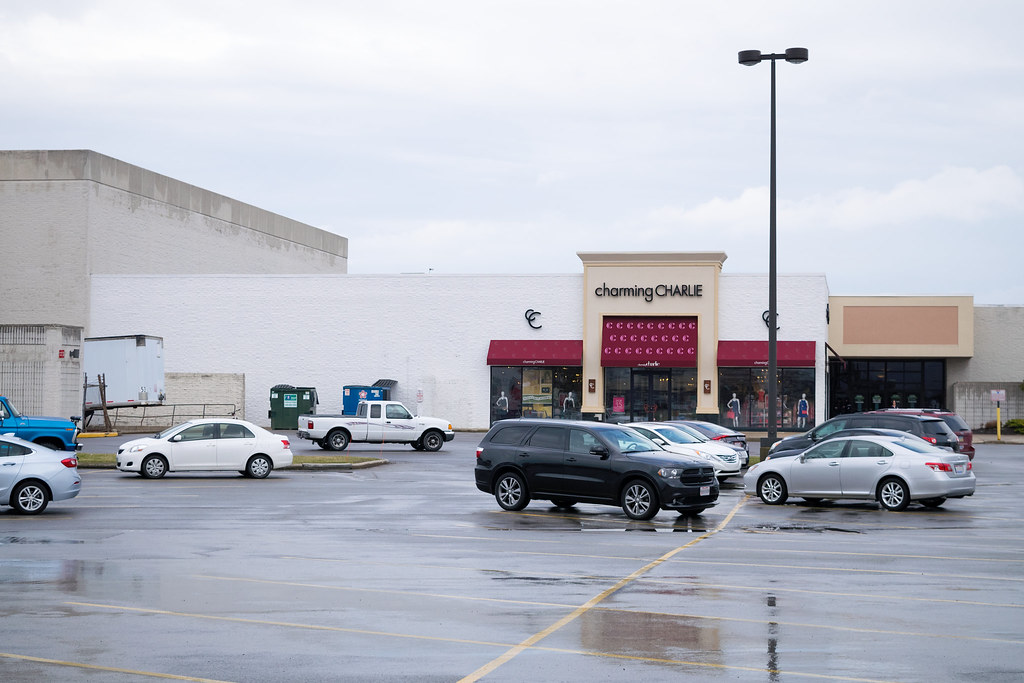
Charming Charlie was your go-to for color-coded accessories and that perfect handbag to match every outfit—until December 2017, when it filed for its first Chapter 11, per USA Today. Despite a brief resurgence in 2018, it bowed out again in 2019, shuttering all 261 stores. The brand’s “merchandise-by-color” concept turned whimsical until inventory snarls and stiff tariffs made it unsustainable.
Now, if you find yourself craving those pastel pumps or “millennial pink” bracelets, you’re likely scouring resale apps or paying up at boutique retailers. Gift-card balances might have evaporated, and that loyalty points stash? Gone. Your wallet ends up losing both in stored value and that impulsive, three-for-$30 therapy shopping trip—you know, the one that used to feel so good.
6. Blockbuster Video
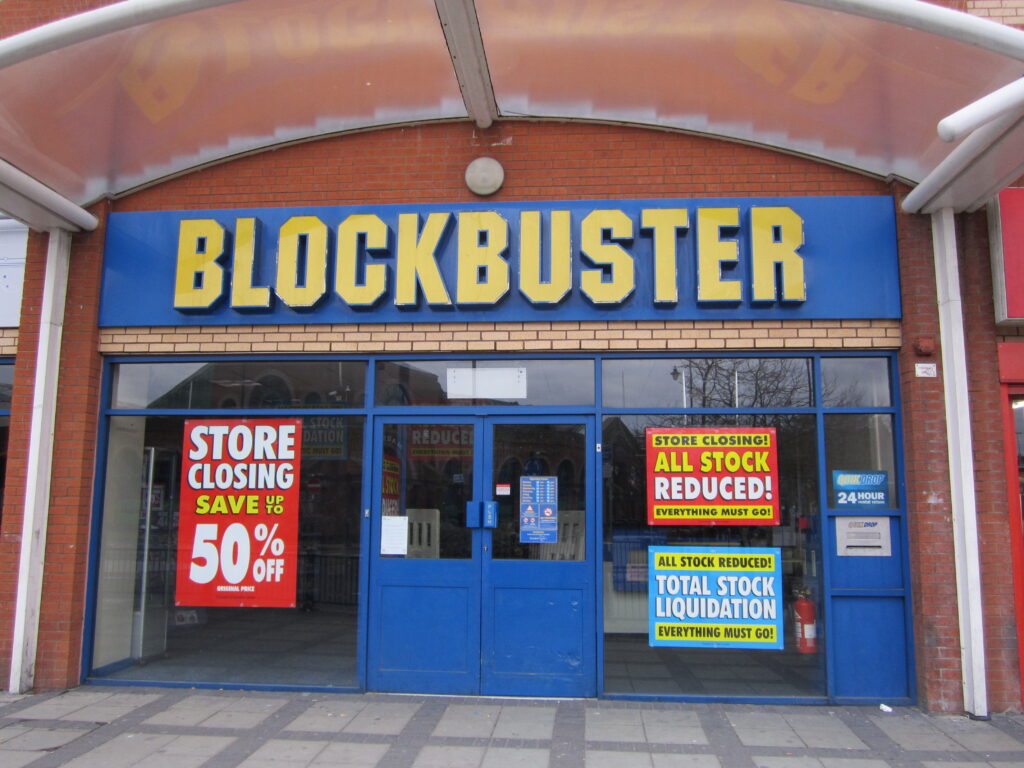
Who didn’t sprint to Blockbuster on Friday nights, hoping to snag a new release before someone else did? Well, in 2010 it filed for bankruptcy and closed most stores, leaving only a single outpost in Bend, Oregon. Without its bright blue-and-yellow signs, your chill-at-home ritual morphed into streaming subscriptions that rack up recurring fees. While endless libraries of content at your fingertips sound dreamy, the multi-service monthly bills add up, turning date nights into financial planning sessions.
Bingeing classics or catching new releases now demands juggling Netflix, Hulu, Disney+, HBO Max, and whatever else tossed into the streaming scramble. And let’s be honest—if you forget to cancel a subscription mid-month, you pay for the privilege of not watching. Blockbuster’s demise turned our wallets into subscription prisons while convenience ate nostalgia for breakfast.
7. Borders

If you loved the scent of paperbacks and lazy Sunday afternoons in a cozy bookstore café, Borders was your haven until it filed for Chapter 11 in 2011. The chain’s reliance on big-box rents and failure to pivot online made it sit on the bench just as Amazon rewrote the rules for book-buying. Without Borders’ sprawls of cozy reading nooks and discounted bestsellers, bibliophiles wound up ordering online or squeezing into independent shops—often at higher cover prices or less comfy chairs.
Your wallet took a hit in shipping fees or café lattes inside smaller indie bookstores, where atmosphere trumps bulk discounts. And yes, nothing replaces that mass-market paperback bargain bin dive, where impulse buys felt like treasure hunts—but your budget? Probably not so lucky.
8. RadioShack
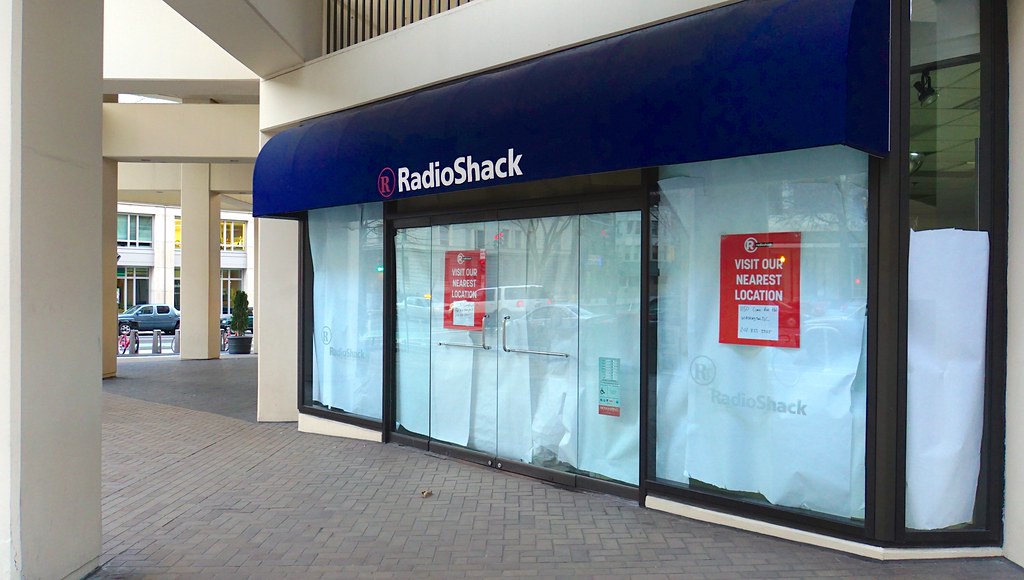
From capacitors to phone chargers, RadioShack used to be the electronics sandbox where DIYers and gadget geeks played—until 2015, when it filed for bankruptcy and closed most of its 4,000 stores. Suddenly, finding that obscure resistor or headphone adapter meant hunting online and ponying up for expedited shipping. Local availability evaporated, and tech tinkerers felt the pinch in both time and cash.
Today, your impulse buys for cables or batteries often lead to kiosks in big-box stores or Amazon’s infinite listings—where the cheapest option can be a gamble on quality. Convenience may reign supreme, but shipping costs and wait times remind you that sometimes absence truly does make the heart—and wallet—grow fonder.
9. Pier 1 Imports
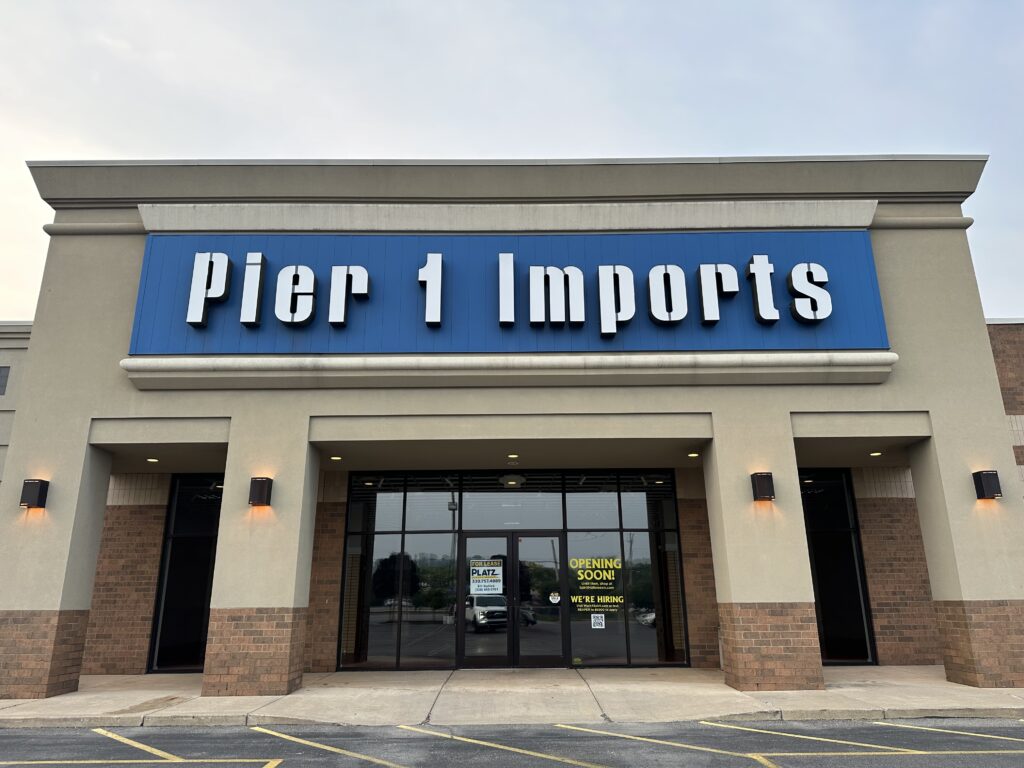
If you were that friend famous for your quirky home decor, Pier 1 was your playground—until it filed for Chapter 11 in 2020 and closed all its stores. Without those global-inspired trinkets and patterned rugs, your go-to for unique throw pillows is now Instagram shoppable posts, where prices and shipping fees sometimes double the in-store grab-bag thrill.
That “one-of-a-kind” accent table now costs extra to custom-order, and your living space could start looking a bit samey as you settle for mainstream home stores. All the spontaneity of browsing exotic vases got replaced by filtered product carousels—and yes, your bank account probably breathes a sigh of relief, but your soul? Maybe not so much.
10. Christmas Tree Shops

A seasonal trip to Christmas Tree Shops felt like a treasure hunt for budget-friendly holiday decor, kitchen gadgets, and random delights—until May 2023, when it filed for Chapter 11 and eventually liquidated. Now those quirky holiday ornaments and cheap-but-adorable storage bins cost extra on Etsy or boutique websites, where shipping and small-batch pricing make “bargain” a stretch.
Your festive decoration fund now needs padding for shipping fees, and last-minute host gifts that used to be under $10 now flop into your cart at triple-digit totals. Holiday cheer might be intact, but your wallet? It’s definitely jingling in protest.
11. Papyrus
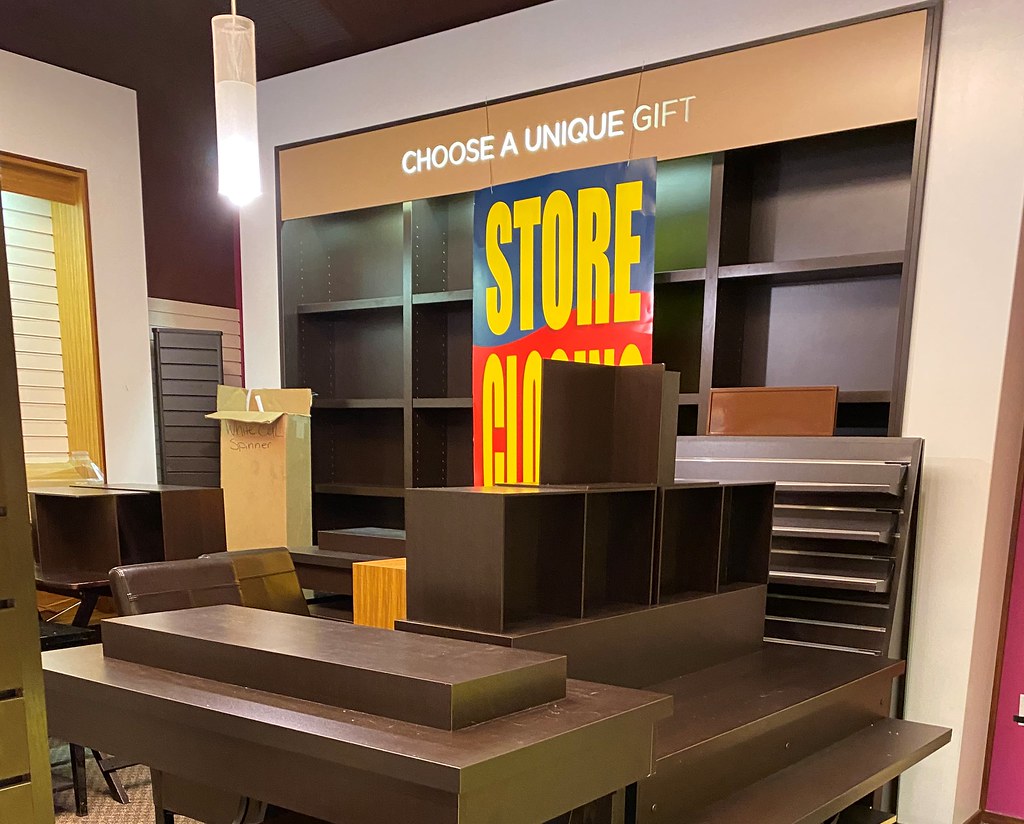
The stationery lover’s dream, Papyrus, filed for bankruptcy and closed its roughly 254 stores in 2020, leaving you hunting for that perfect, textured birthday card or embossed thank-you note. Gone are the whimsically glittered aisles, replaced by generic card racks or printing personalized PDFs at home—where you pay for ink cartridges and paper rather than picking up a sweet sentiment in minutes.
Your wallet’s worst-case scenario? An unexpected office printer jam and spiked toner costs. Sure, DIY e-cards are “free,” but they lack that tactile joy—and your phone bill has to pick up the slack for digital attachments.
This article is for informational purposes only and should not be construed as financial advice. Consult a financial professional before making investment or other financial decisions. The author and publisher make no warranties of any kind.








